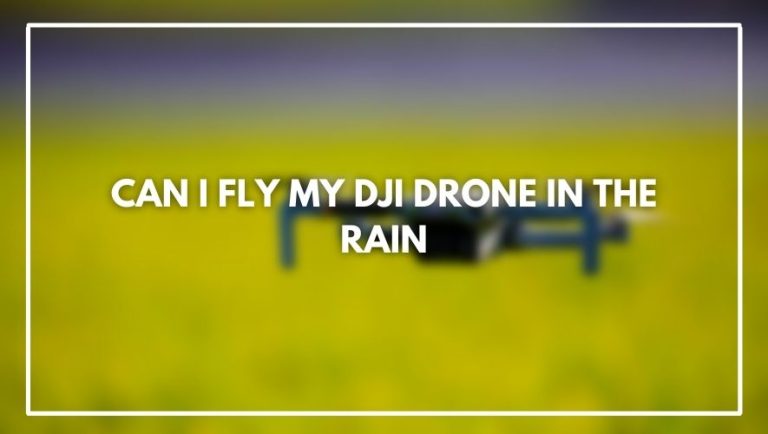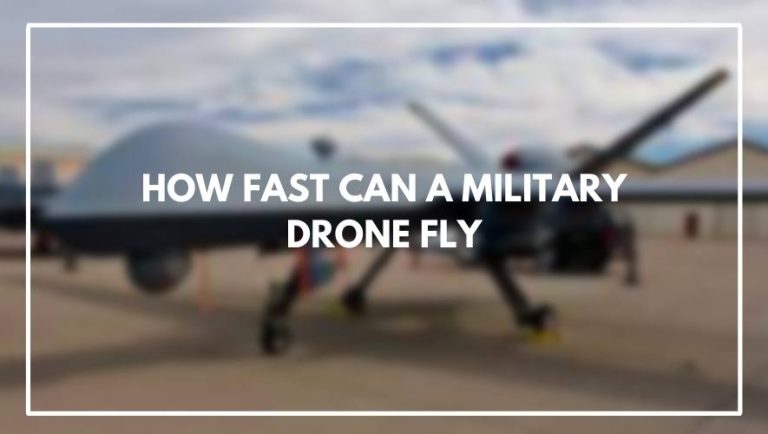Are you planning to rent a drone and fly in one of your favorite nature spots? There’s a high chance that, although you’ll be allowed to do so, you may also get fined for it.
Can You Fly Drones in State Parks? Yes, you can fly drones in state parks. In fact, many of them have designated areas for drone pilots to practice their skills. Check with the park before flying your drone there, though; some parks require that you get a special permit before flying a drone in their area.
State Parks are some of the nicest places to fly drones. But this doesn’t mean you should. One of the best things about state parks is that they’re well-maintained and stunningly beautiful.
Introducing drones into this environment can degrade the natural surroundings, especially when people do not cooperate with park rangers who are trying to enforce drone laws. This article will teach you everything you need to know before flying a drone near State Parks including what the rules, regulations and laws are.
Public Park Vs. State Park

Public Park
Public Parks are a great place to spend the day. Whether you want to enjoy the sunshine and fresh air, or you’re looking for something more adventurous, there are plenty of options for all ages and tastes.
Public Parks are places that are open to the public and managed by a government agency. They provide a location for leisure, work, and recreation. They often contain gardens, unstructured play areas, and facilities for sport.
Public Parks can be found in all major cities, but they are most common in large cities with an abundant amount of green space. Public Parks are generally designed in one of two ways: urban parks or regional parks. Many urban parks have been established along riverbanks as a result of flooding problems in towns and cities.
State Park
State Parks are a great way to get out and enjoy nature. Whether you’re looking for a relaxing weekend or an active adventure, state parks have something for everyone. State Parks are a great place to enjoy nature, get some exercise and spend quality time with family and friends. State Park areas may be located on land or water, and many have campsites and cabins for rent
State Parks offer camping, hiking, swimming, biking and horseback riding trails, picnic areas and playgrounds. Most parks also have cabins and yurts that can be rented on a nightly basis. State Parks offer a variety of recreational opportunities for all ages and interests. In addition to hiking trails and beaches, many state parks have golf courses, bike paths and equestrian trails.
Drone Rules In Public Parks Vs State Parks

Drone Rules In Public Parks
Flying drones in public parks is a hot topic right now. You might be surprised to learn that the laws around flying drones in public parks are actually pretty clear, and they’re designed to protect you and everyone else who visits the park. These are the things you need to keep in mind when flying drones in a public park:
- Do not fly above 200 feet or within 500 feet of any facility or building used for public assembly, including sports stadiums and concert arenas.
- You cannot fly your drone over any people who are not involved with your flight operation
- You cannot fly your drone within 25 feet of people, animals or buildings without their permission
- You must stay away from any roads, highways or bodies of water when flying your drone in a public park
- Do not fly within 300 feet of any moving vehicle, vessel, or aircraft.
- Do not fly within 400 feet of any open-air assembly of people unless you’re flying directly over your own property.
Drone Rules In State Parks
We know you’re excited about the new drone regulations in state parks, but we want to make sure you know how to use your new drone responsibly and safely. There are some restrictions on how you can use your drone in a state park:
- You’ll need to get permission from the park manager before using your drone, and you can’t fly it over people or animals.
- You can only fly during daylight hours, and not within 500 feet of any person or building.
- You have to keep an eye on your drone at all times with your own eyes or through a first-person view camera on your phone or tablet (and if you have a remote control, do not exceed 500 feet away from the drone).
- Your drone must weigh under 25 pounds and stay below 400 feet above ground level.
- Drones cannot be used within 150 feet of another person or property without their consent
- Drones cannot be flown over public areas such as campgrounds, beaches, and roads
- Drones should not be flown during night hours
Points To Consider When Flying Drones In Recreational Areas

These are some of the things you should think about when flying drones in recreational areas:
Know The Rules Before You Fly Drones
Drones are great for capturing stunning images and videos. But before you take to the skies with your new drone, make sure you know the rules.
If you’re going to fly a drone in the U.S., there are a few things you should know. First, keep your drone in sight at all times. You don’t want it to fly away and get lost or collide with an airplane.
Second, always respect private property when flying a drone. If someone asks you not to fly over their property, then don’t.
Third, don’t fly your drone near airports or other places where airplanes take off or land, they can be dangerous for both airplanes and drones.
Only Fly Drones In Parks Or Recreational Areas With Permission
Drones are amazing, but when it comes to flying them in public places, you need to be aware of the rules. Specifically, if you’re planning to fly a drone in a park or recreational area, make sure it’s okay with the people who manage that space.
Flying your drone in parks or recreational areas is great, but you need to ask permission first. Did you know that many parks are closed after sunset? That means it’s illegal to fly your drone there.
And even if you can find a park that’s open at night, it’s still a good idea to ask permission before flying there. Some people might not like the noise that drones make, and others may be afraid of them. The only way to know for sure is to ask someone who works at the park or recreational area.
Consider Where You Can And Cannot Fly Drones Responsibly
Drones are a great way to capture real-world footage, but you should always keep the rules of flight in mind. Flying your drone responsibly is a big deal. It’s not just about being a good neighbor, it’s about being a good citizen.
You can fly your drone responsibly in open areas away from people and property, but you should never use your drone near airports or other planes. You also shouldn’t fly them near wildfires or other dangerous situations, because they could put you in danger.
Always Be Aware Of What Is Around You When Flying Drones.
Always be aware of what is around you when flying drones. Drones are fun, but they can also be dangerous if you don’t take proper precautions. When it comes to flying drones, the most important thing to remember is that there are always people and animals around you, and they might not see your drone coming.
As a drone operator, it’s your responsibility to keep track of your surroundings at all times, so that you don’t accidentally cause injury or damage to anyone or anything else.
Don’t Harass Wildlife By Flying Drones Over Them
Drones are a great way to capture some stunning footage of your favorite animals, but if you’re trying to get close enough for a good shot, it can be really stressful for the animal.
You might think that the animal doesn’t notice your drone, but they can actually hear it very well and feel scared by its presence. If you’re just flying your drone around an animal in order to get a good picture or video, it’s not worth making the animal uncomfortable.
Conclusion
The National Park Service allows you to fly drones in national parks and other federally administered areas, but there are some rules to follow. You can fly a drone near visitor centers, concessions stands or historic sites only if you have a permit for such use.
Ultimately, the most important thing you can do is research your drone laws before heading out. You can find more information on drone laws here. And whatever you do, fly safe.
Frequently Asked Questions (can You Fly Drones In State Parks)
Can You Fly Drones In Us State Parks?
You can fly drones in the US state parks. But keep in mind that state park regulations vary, so always check with the individual park before you fly. Also, there are some rules you should always follow when flying drones.
Where Can I Fly A Drone In Oregon?
In Oregon, you can fly a drone pretty much anywhere that’s not within 5 miles of an airport or within 400 feet of a structure. It’s also illegal to fly a drone over any body of water in Oregon, or to operate a drone while under the influence of alcohol or drugs.
Where Can I Fly A Drone In Maryland?
In Maryland, you can fly a drone in most public places. You can also fly it over private property as long as you get permission from the owner. The one place you can’t fly a drone is over any airport or landing strip.
Where Can I Fly My Drone In Massachusetts?
The Massachusetts Recreational Flying Law says that you can fly your drone up to 400 feet above the ground or water, and within 400 feet of another person’s property. You can also fly in any public park or town common unless it’s posted as off-limits.






